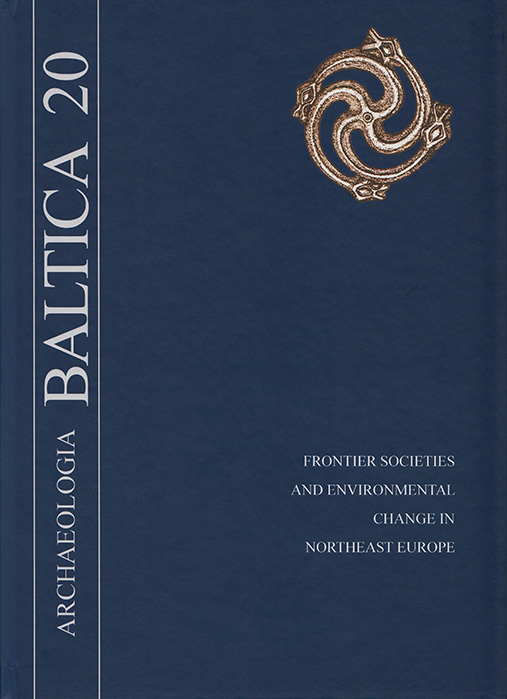Volume 20 (2013): Frontier Societies and Environmental Change in Northeast Europe, December 2013

Order by:
Pub. online: 30 Dec 2013
Type: Article
 Open Access
Open Access
Journal:
Archaeologia Baltica
Volume 20 (2013): Frontier Societies and Environmental Change in Northeast Europe, pp. 162–173
Abstract
Pub. online: 30 Dec 2013
Type: Article
 Open Access
Open Access
Journal:
Archaeologia Baltica
Volume 20 (2013): Frontier Societies and Environmental Change in Northeast Europe, pp. 174–189
Abstract
Pub. online: 30 Dec 2013
Type: Article
 Open Access
Open Access
Journal:
Archaeologia Baltica
Volume 20 (2013): Frontier Societies and Environmental Change in Northeast Europe, pp. 190–199
Abstract
Pub. online: 30 Dec 2013
Type: Book Review
 Open Access
Open Access
Journal:
Archaeologia Baltica
Volume 20 (2013): Frontier Societies and Environmental Change in Northeast Europe, pp. 202–205
Pub. online: 30 Dec 2013
Type: Discussion | Apžvalga
 Open Access
Open Access
Journal:
Archaeologia Baltica
Volume 20 (2013): Frontier Societies and Environmental Change in Northeast Europe, pp. 206–207